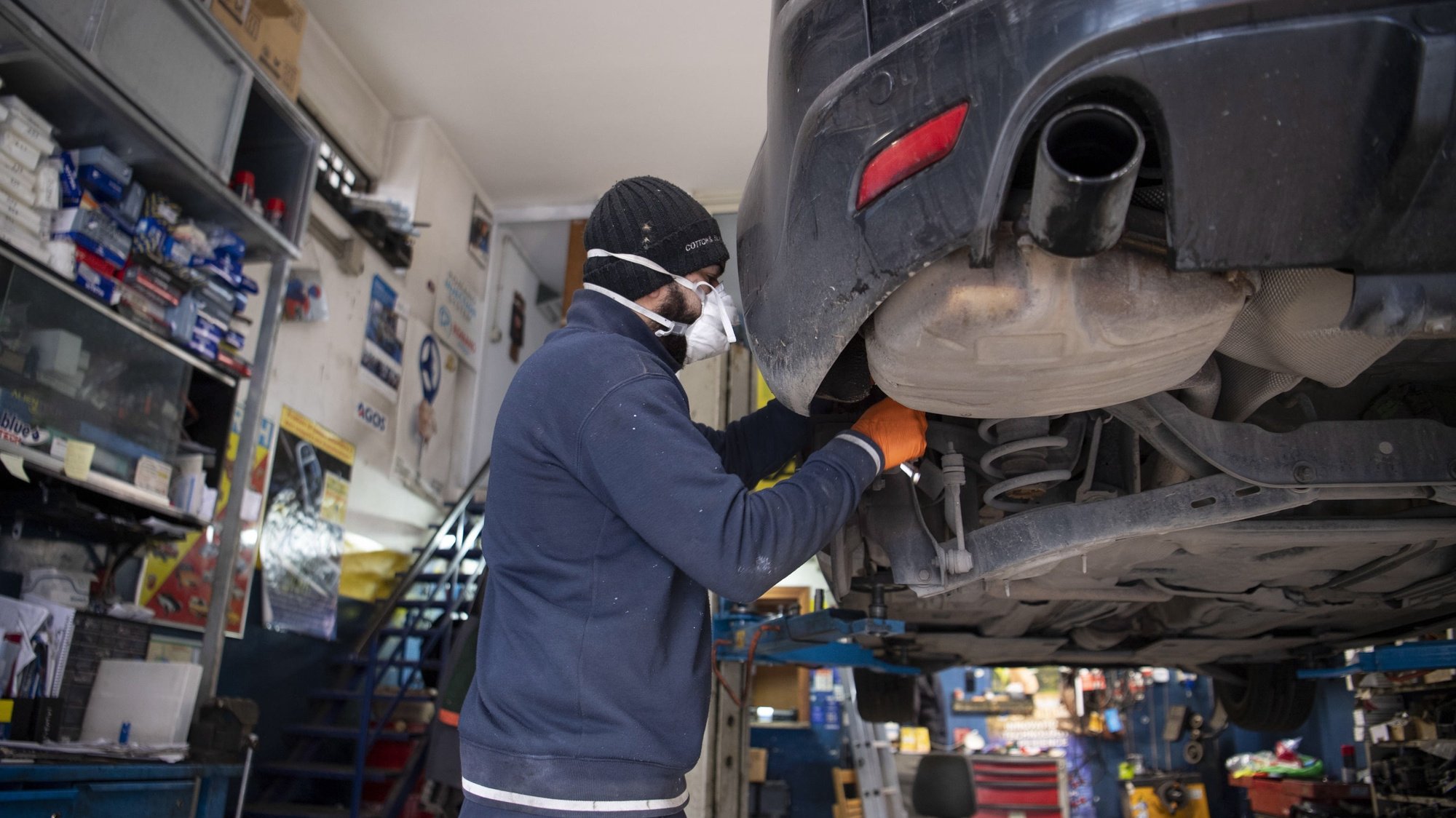The price of car repairs will increase in the coming months due to the increase in the price of parts, mostly imported and incorporating components, such as copper, whose cost has skyrocketed in recent months, predicts the sector association.
It is not yet perceptible in the market, because it is a relatively recent process, but it is very likely that it will have very great consequences, because the price of parts [automóveis] it has increased a lot and parts are an important part of the cost of maintenance,” said the secretary general of the National Association of Automobile Trade and Repair Companies (ANECRA) in an interview with the Lusa agency.
According to Roberto Gaspar, “in this second semester consumers will begin to feel this increase”, which, however, “is difficult to predict”. [de] how many [será]because it depends on the evolution of the cost of many of the components”.
The leader of the association points out that the increase in costs “is not yet reflected in the values of car repair labor, whose “very low price”, he says, is, in fact, “a structural problem of the market in Portugal”, but points out that it is already noticeable in the pieces, “many of them imported and with components whose price has risen a lot, such as copper”.
Even so, the current deregulation of the automotive market – caused by the shortage of semiconductors since the post-pandemic recovery and, more recently, the lack of some raw materials due to the war in Ukraine and the breakdown of certain supply chains – is , above all, notorious in the scarcity of new vehicles leaving the factories.
This scarcity of supply in relation to demand has caused a rise in prices, with the value of new cars having “shot” in recent times, in a context in which some car dealers have “huge order books, with more than a year old”. .
The most immediate consequence of the car shortage is that prices have skyrocketed. Historically, manufacturers have always produced much more than what the market needs, which forced them to carry out large promotions, campaigns and discounts”, said Roberto Gaspar.
As he explains, “the current rise in prices is due, above all, to the total cut of these discounts, specifically in the purchases of fleet managers, who had large discounts for the quantities purchased and, now, purely and simply the manufacturers do not They don’t do any kind of discount.
Another of the current “distortions” in the automobile market is, according to the general secretary of ANECRA, the “supply gap”: “Since it is difficult to produce cars, manufacturers are manufacturing cars where they have higher margins, which are the middle segments. /high and high. That is why we are witnessing an increase in sales of ‘premium’ brands and also of [veículos] electric vehicles, although in the latter case it is also due to the obligation of manufacturers to reach certain emission quotas”, he said.
As a result of this ‘delay’, there is currently “a very large supply of hybrid and electric vehicles and a very small supply of the medium/low and low segments”, with a “great shortage of these cars on the market, which somehow , distorts the results” of sales, he emphasized.
Thus, data from the Associação Automóvel de Portugal (ACAP) indicate that, in the first eight months of the year, up to August, the car market registered an accumulated drop of 2.8%, compared to the same period in 2019, the last previous year. the pandemic, the volume of sales is lower by 36.3%.
According to Roberto Gaspar, “there are still no signs of normalization in the short term.”
The forecasts of the car manufacturers were that in the second half of this year things would tend to start to normalize and be completely stabilized in the first quarter of next year. But with the introduction of the war factor and some breaks in the chain of some raw materials that are crucial for cars, today we are talking about an equation that is more difficult to predict, ”he admitted.
According to him, “there is, at the moment, a lack of steel and other elements that are used in cars, in particular in electric cars, and that makes it difficult and uncertain when the situation will tend to stabilize.”
“I have already heard several international ‘players’ point out that the situation can hardly be normalized before the last half of next year,” he said, detailing that, in Portugal, “the forecasts point to 2022 being more or less at the level of 2021”, which means that sales are approximately 30% lower than in 2019.
Source: Observadora
